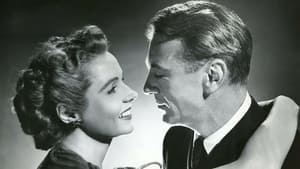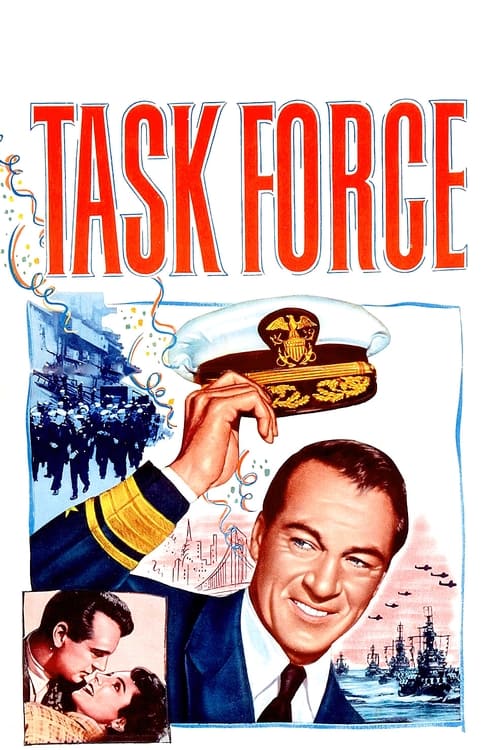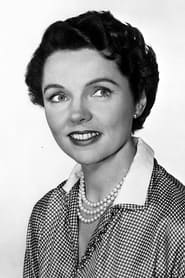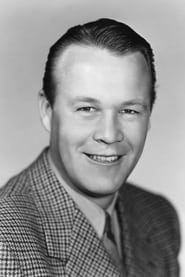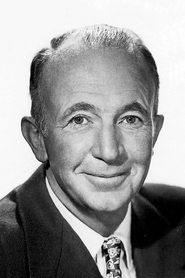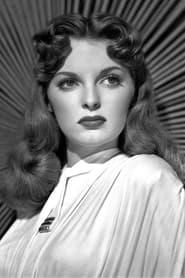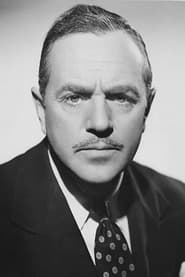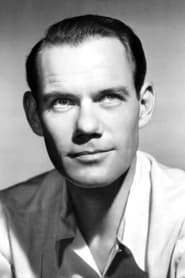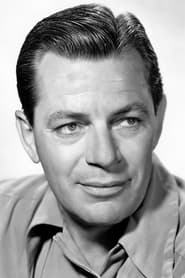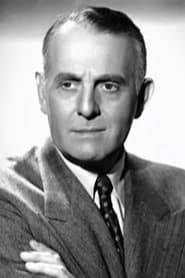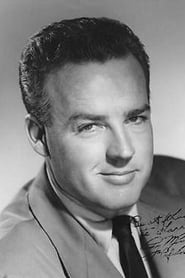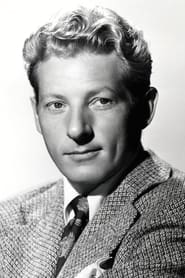Cast
View AllGary Cooper
as Jonathan L. Scott
Jane Wyatt
as Mary Morgan
Wayne Morris
as McKinney
Walter Brennan
as Pete Richard
Julie London
as Barbara McKinney
Jack Holt
as Captain Reeves
Stanley Ridges
as Sen. Bentley
John Ridgely
as Dixie Rankin
Richard Rober
as Lt. Jack Southern
Art Baker
as Sen. Vincent
Moroni Olsen
as Adm. Ames
Ray Montgomery
as Pilot
Harlan Warde
as Timmy Kissell
Danny Kaye
as Officer at the Dance (uncredited)
Mary Lawrence
as Ruth Rankin (uncredited)
Crew
Director
- Delmer Daves
Writer
- Delmer Daves
Producer
- Jerry Wald
Reviews
CinemaSerf
Told by way of a retrospective on the career of "Adm. Scott" (Gary Cooper) this is quite an interesting story of the evolution of the aircraft carrier and the training and development of naval piloting skills dating back to the 1920s - when the ships looked little more stable than upturned irons, and a fair degree of the pilots were injured or worse as they tried to land amidst a pitching sea with crosswinds galore. The aerial photography is superb, giving us quite an insight into the perils of trying to land a flimsily built aircraft on a 65 foot long object, in the middle of the sea. That's the interesting bit. The acting is really neither here nor there. Cooper has a glint in his eye at the start but becomes way too earnest as he rises through the ranks and has to strive to establish his vision of carrier-based naval air squadrons. He has a few helpers en route - an oddly wooden Walter Brennan in a much straighter role that we are used to seeing him in, and to be honest - he isn't a natural. Wayne Morris and Jane Wyatt make up the numbers but this film is really about the history of maritime aviation. The drama is very much secondary and aside from the last fifteen minutes, it might as well be a (good) documentary with some familiar faces presenting it
Jul 9, 2022
Thematic Analysis
As a dramatic work, Task Force examines complex human relationships and emotional struggles against the backdrop of a period setting that reflects societal issues of its time. The character development particularly stands out, offering viewers a chance to reflect on their own life journeys.
Director Delmer Daves brings their distinctive visual style to this film, continuing their exploration of themes seen in their previous works while adding new elements. Their approach to character development and emotional depth creates a viewing experience that rewards close attention.
Released in 1949, the film exists within a cultural context that now offers viewers historical perspective on the social issues of that era. Its reception demonstrates the diverse reactions to its artistic choices and its place in cinema history.
Did You Know?
- The production of Task Force took approximately 30 months from pre-production to final cut.
- The final cut of the film runs for 116 minutes, though the director's initial assembly was reportedly 159 minutes long.
- The director insisted on using practical effects whenever possible, reserving CGI for only the most necessary scenes.
- The screenplay went through 12 major revisions before the final shooting script was approved.
- Some visual effects sequences took up to 10 months to complete.
Historical Context
- In 1949, when this film was released:
- The civil rights movement was gaining momentum in the United States.
- The Cold War was intensifying, influencing global politics and culture.
- The film industry was dominated by major studios, with independent cinema still in its early development.
How This Film Stands Out
While Task Force shares thematic elements with other films in its genre, it distinguishes itself through its unique approach to storytelling, visual style, and character development.
Unlike A Few Good Men, which focuses more on action than character development, Task Force offers a fresh perspective through its innovative visual language and narrative structure.
While films like The Curious Case of Benjamin Button and Submarine Patrol explore similar territory, Task Force stands apart through its deeper exploration of its central themes and more complex characterization.
This film's unique contribution to cinema lies in its bold artistic choices and willingness to challenge viewer expectations, making it a valuable addition to its genre.
Details
- Release Date: August 30, 1949
- Runtime: 1h 56m
